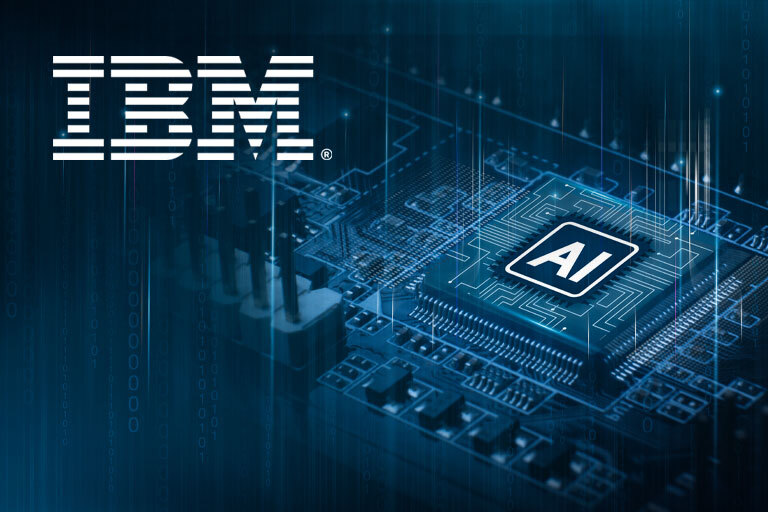Matt Lyteson, Chief Information Officer at IBM, has embraced a thoughtful approach to artificial intelligence, balancing enthusiasm for its potential with a careful assessment of its challenges. His AI strategy is shaped not by hype but by a clear-eyed focus on sustainable transformation. While he acknowledges that AI is far from a fleeting trend, Lyteson emphasizes the importance of resisting the urge to chase every emerging technology without a broader plan in place.
At IBM, his vision for AI includes a blend of traditional, generative, and agentic AI, alongside business automation tools, all contributing to a comprehensive digital operating model. Lyteson believes that rather than adding tools in isolation, organizations benefit more from a unified and holistic integration of AI technologies.
Generative AI, in particular, is viewed as a powerful but blunt instrument. To make the most of it, Lyteson suggests that businesses focus their efforts on domains that are most ready for AI-driven change. IBM’s initial generative AI project reflected this principle.
This pilot involved deploying generative AI, trained on proprietary company data, across the enterprise in a secure and controlled manner. Building on existing AI-powered tools and assistants already in use within the company, the project aimed to provide employees with a context-aware, enterprise-grade generative AI solution. Although the implementation was technically simple, it marked a key advancement in IBM’s AI journey.
The initiative served three primary purposes. First, it provided a safe environment where employees could engage with AI using real company data, helping to cultivate familiarity and confidence. Second, it offered a tailored user interface suited to IBM’s internal workflows. Finally, the project supported broader cultural shifts, encouraging staff to view AI as a tool to enhance daily operations across all business units.
Over time, this foundational project became a gateway for additional AI-driven tools and capabilities. A single, unified access point was created for employees, enabling them to explore the growing array of AI resources built into IBM’s backend systems.
Planning for the project began with a clear and collaborative process. Key stakeholders were brought together to establish well-defined goals, which helped avoid scope creep and ensured the team did not overextend into overly complex implementations. Planning began in November 2023, and the initial version was rolled out within a span of 90 days. This fast-paced development process was underpinned by a commitment to continuous learning, with the solution being refined through feedback and targeted problem-solving.
The deployment also served as a broad demonstration of generative AI’s capabilities for IBM’s global workforce, which includes more than 200,000 employees. As a result, AI agents and business automation tools have been increasingly rolled out across the organization.
Lyteson pointed out a key learning from the project: generative AI often produces non-deterministic results, which can be problematic in areas that demand consistent, predictable outputs. To address this, IBM proactively communicated potential limitations to users, offered educational resources, and embedded clear messaging within the user interface to ensure expectations were aligned.
He believes such projects should become standard practice for CIOs. The ability to initiate AI experiments, adapt quickly, and make decisions driven by data is seen as essential for sustained success. This effort, according to Lyteson, encapsulated those qualities, delivering real-world results while laying the groundwork for future innovation.







